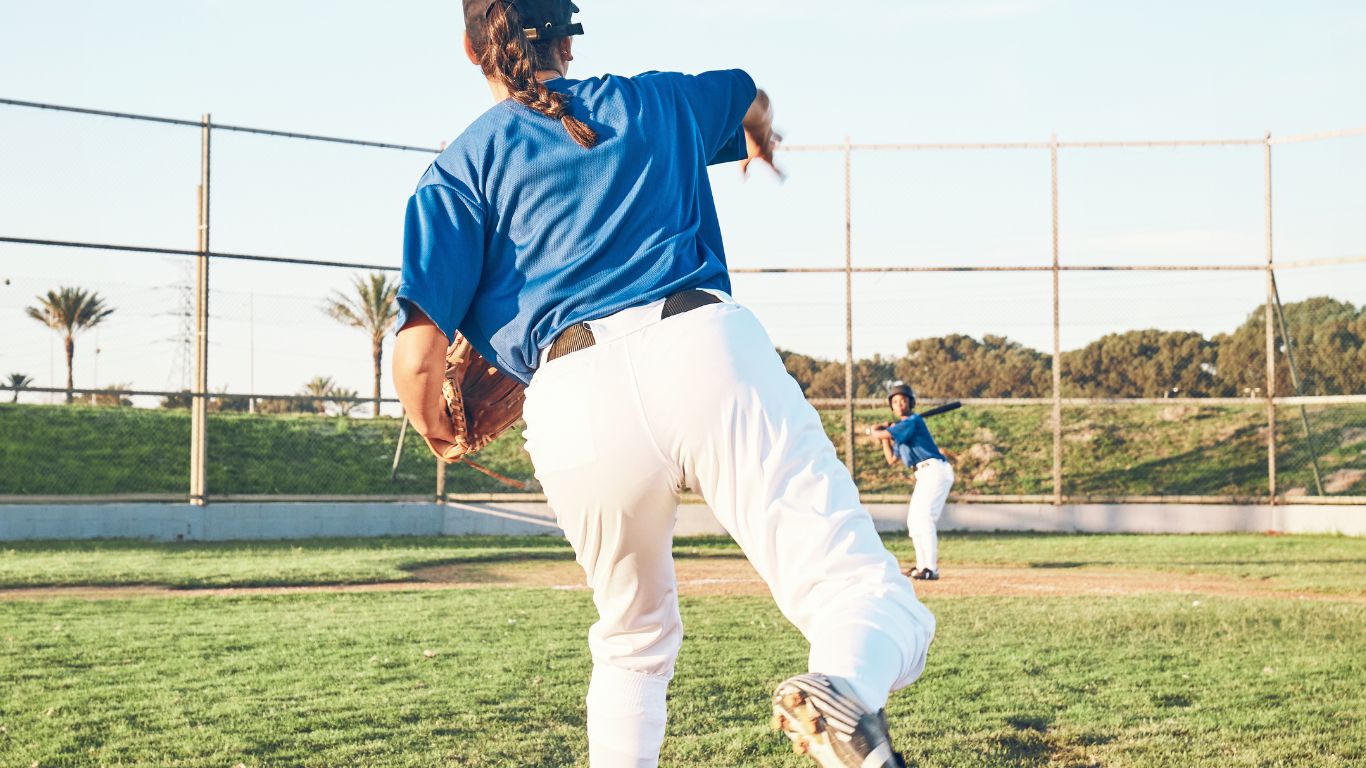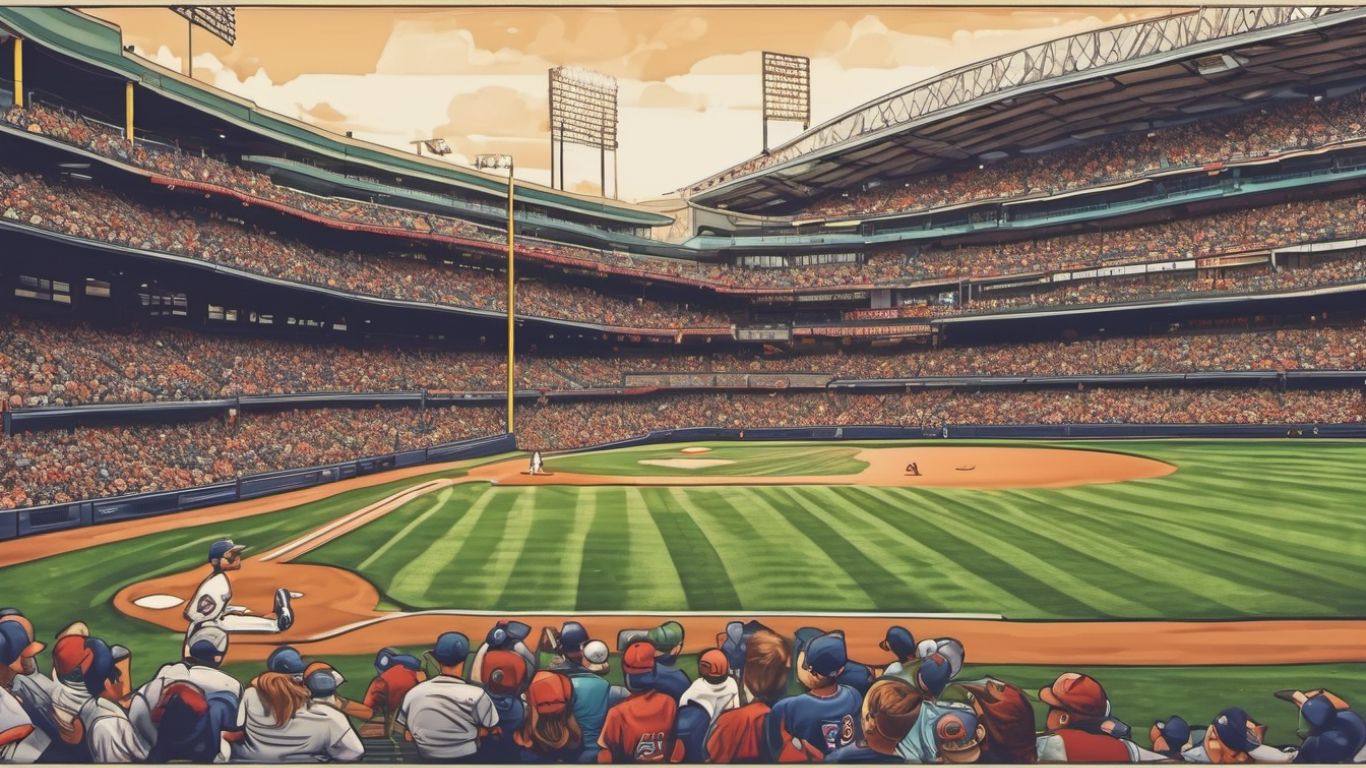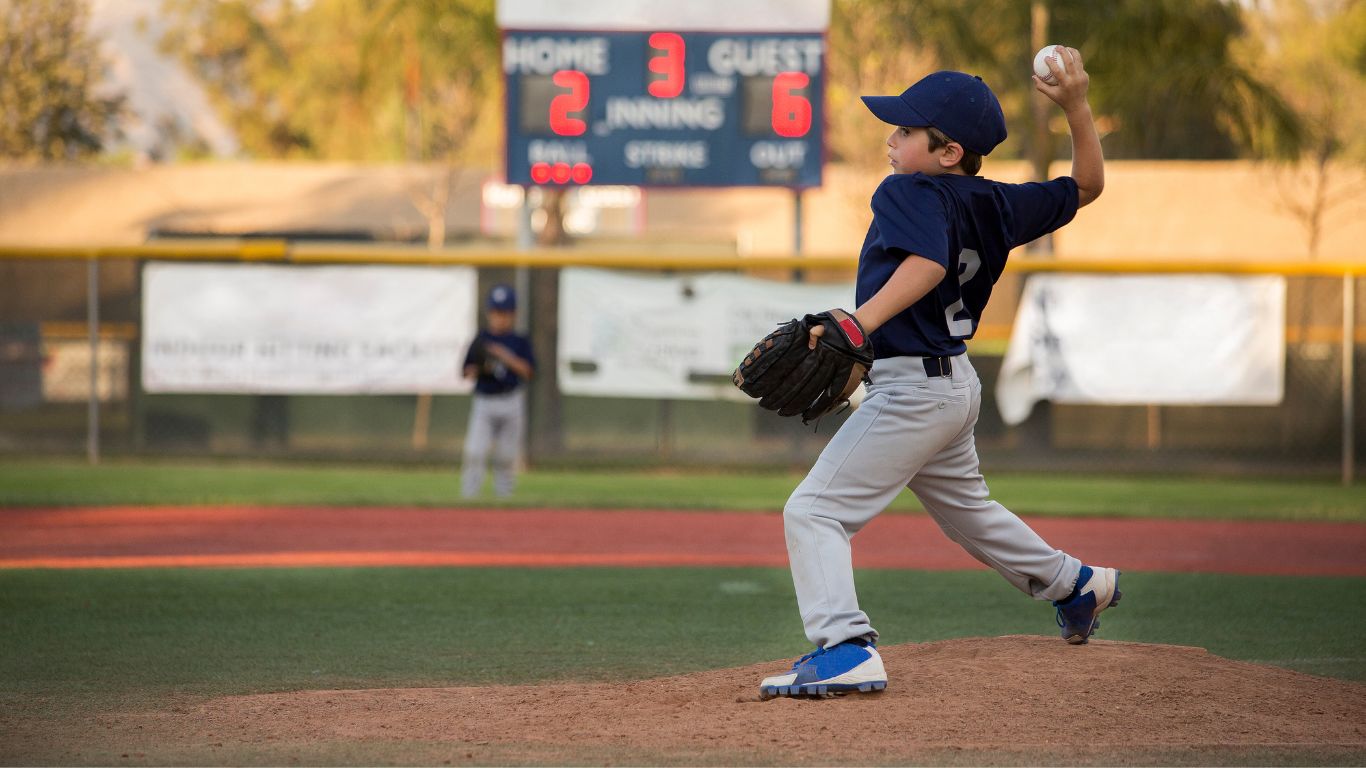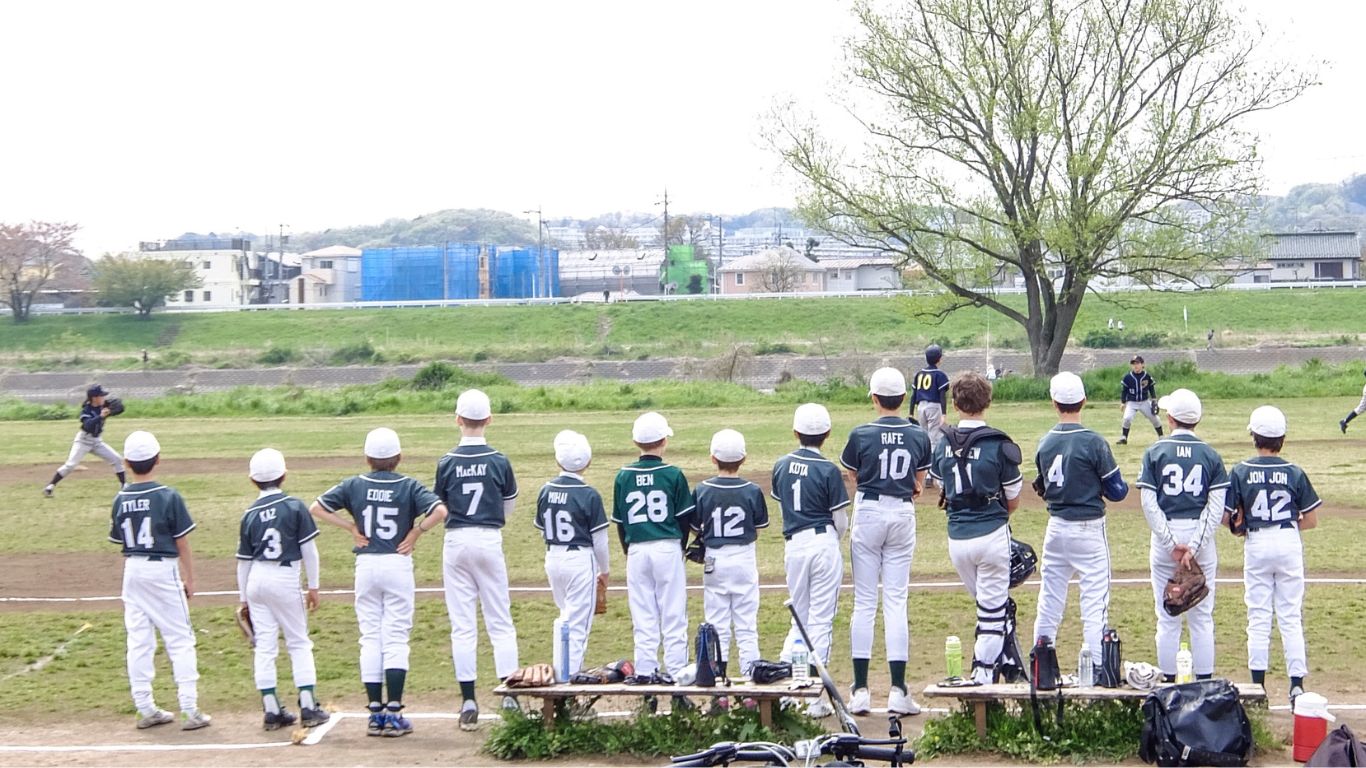Baseball is a game filled with unique language and terminology that can sometimes be confusing to those unfamiliar with the sport. One of the terms that may leave some scratching their heads is “RHP,” often seen on player stat sheets or in discussions about pitching. But fear not; understanding what RHP means in baseball is actually quite simple once you know the basics.
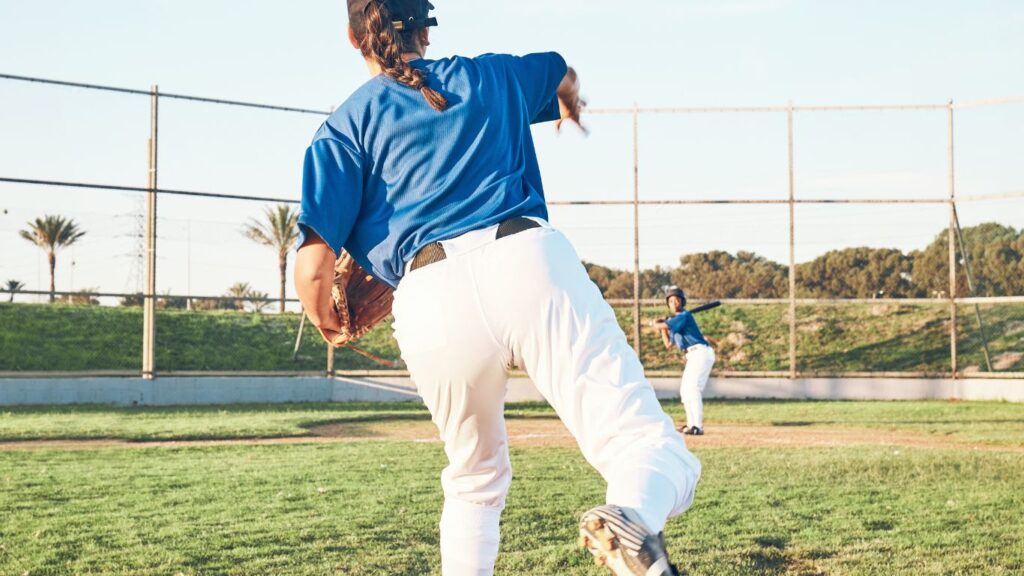
RHP stands for “right-handed pitcher,” referring to a player who throws the baseball with their right hand. In baseball, the pitcher is one of the most crucial positions on the field, as they are responsible for throwing the ball to the batter in an attempt to get it out. Right-handed pitchers bring a different set of skills and techniques to the table compared to their left-handed counterparts, with their pitches typically breaking in the opposite direction. Knowing whether a pitcher throws right-handed or left-handed can have a significant impact on how a team approaches their batting strategy, making it an essential detail for fans and analysts to pay attention to during games.
Definition of RHP in baseball
In the world of baseball, the term “RHP” stands for “Right-Handed Pitcher.” This refers to a player who throws the ball with their right hand, as opposed to a left-handed pitcher (LHP) who throws with their left hand. Right-handed pitchers play a crucial role on the pitching staff of a baseball team, as they are responsible for throwing pitches to the opposing team’s batters in an effort to get them out.
Right-handed pitchers use their dominant hand to deliver a variety of pitches, including fastballs, curveballs, sliders, changeups, and more. Each pitch has its unique movement and speed, which can be used strategically to keep batters off balance and increase the chances of striking them out. Right-handed pitchers must possess a combination of strength, accuracy, and mental toughness in order to be successful on the mound.
Right-handed pitchers are an integral part of a baseball team’s pitching rotation, which typically consists of five starting pitchers who take turns pitching in games throughout the season. In addition to starting pitchers, teams also rely on right-handed relief pitchers to come into games in specific situations, such as late-inning pressure situations, or to replace a struggling starter.
Right-handed pitchers must be able to adapt to different game situations and adjust their pitching style based on the strengths and weaknesses of the opposing hitters. They must also have excellent communication skills with their catchers in order to effectively execute their game plan and keep the opposing team off balance.
One of the critical attributes of a successful right-handed pitcher is their ability to throw strikes consistently. By throwing strikes, pitchers are able to control the game and keep opposing hitters guessing. Additionally, right-handed pitchers must also be able to throw quality off-speed pitches to keep hitters off balance and prevent them from being able to time their fastball effectively.
In addition to their pitching abilities, right-handed pitchers must also be able to field their position effectively. This includes covering first base on ground balls hit to the right side of the infield, fielding bunts and pop-ups, and backing up bases on plays in the outfield. Right-handed pitchers are often involved in defensive plays, so they must have good reflexes and athleticism in addition to their pitching skills.
Right-handed pitchers are often compared to left-handed pitchers, as each brings a unique advantage to the game. While left-handed pitchers have the advantage of facing fewer same-handed hitters, right-handed pitchers are often better equipped to face the majority of hitters in a lineup, as most batters are right-handed. Right-handed pitchers must be able to use this to their advantage by executing their pitches effectively and keeping hitters off balance.
Role of RHP on a baseball team
In the world of baseball, each player on a team has a specific role to play in contributing to the overall success of the team. One crucial position on a baseball team is the Right-Handed Pitcher, often abbreviated as RHP. The role of the RHP is vital in determining the outcome of a game, as they are responsible for pitching the ball to the opposing team’s batters.
One of the primary responsibilities of an RHP is to throw pitches with precision and accuracy to try to strike out the opposing team’s batters. This requires a high level of skill, as the RHP must be able to control the speed, movement, and location of their pitches in order to keep the opposing team off balance and ultimately prevent them from scoring runs. The RHP must also be able to adapt their pitching strategy based on the specific strengths and weaknesses of the opposing team’s batters.
In addition to pitching, the RHP must also be capable of fielding their position effectively. This means that they must be able to field ground balls, catch pop flies, and make accurate throws to other players on the field. A skilled RHP is not only able to make plays on the mound but also contribute to the overall defense of the team by being able to field their position efficiently.
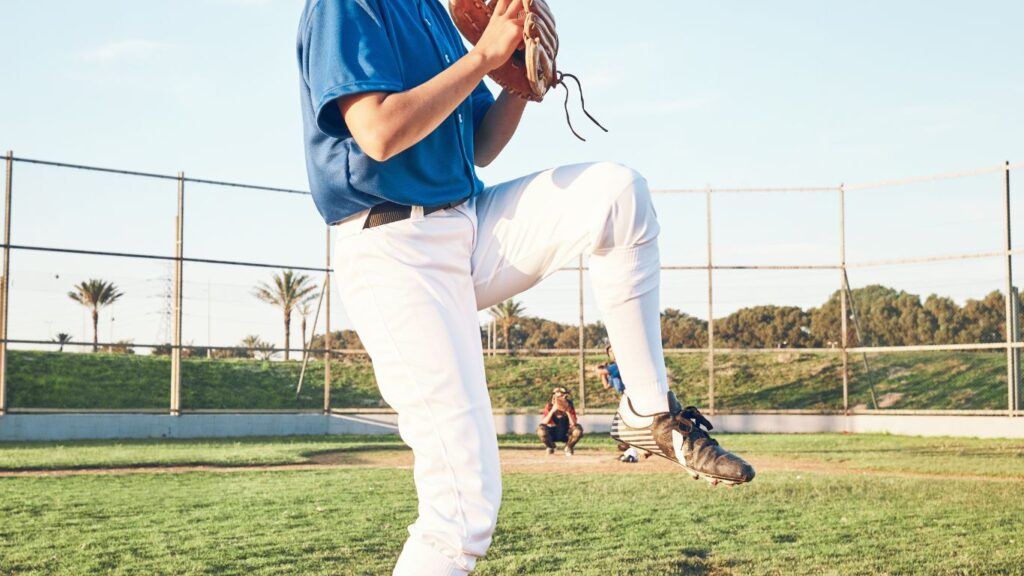
Another critical aspect of the RHP’s role on a baseball team is their ability to work well with the catcher. The catcher is responsible for calling pitches and signaling to the RHP which type of pitch to throw in various situations. The RHP must be able to trust and communicate effectively with the catcher in order to execute their pitch selection and maintain a strong bond on the field.
Furthermore, the RHP must be mentally tough and able to handle the pressures of pitching in high-stakes situations. They must possess a strong mental fortitude and be able to stay focused and composed even when facing challenging conditions, such as pitching with runners in scoring positions or extra innings. The ability to remain calm under pressure is crucial for the RHP in order to perform at their best when it matters most.
Overall, the role of the RHP on a baseball team is multifaceted and requires a combination of physical skill, mental toughness, and effective communication. The RHP serves as a critical player in determining the outcome of a game, as they are responsible for pitching the ball and contributing to the overall success of the team. A skilled RHP can make a significant impact on a team’s performance and help lead them to victory on the field.
Characteristics and skills of a typical RHP
A right-handed pitcher (RHP) in baseball holds a unique and crucial position on the team. They are responsible for delivering pitches to the batter with the goal of preventing runs and helping their team secure victories. The characteristics and skills of a typical RHP are essential for their success in the field.
One of the critical characteristics of a typical RHP is their physical attributes. They are usually tall and robust, with the ability to generate significant power and velocity on their pitches. This strength enables them to throw the ball with speed and accuracy, making it difficult for batters to connect with the ball. Additionally, RHPs typically have good coordination and balance, allowing them to repeat their mechanics consistently and deliver pitches with precision.
In terms of skills, a typical RHP possesses a wide range of abilities that contribute to their effectiveness on the mound. One of the most essential skills for an RHP is the ability to throw strikes consistently. This means being able to locate pitches in the strike zone and throw with command and control. By hitting their spots and keeping the ball down in the zone, RHPs can keep batters off balance and induce weak contact or strikeouts.
Another crucial skill for a typical RHP is their repertoire of pitches. Most RHPs will have a mix of fastballs, breaking balls, and off-speed pitches in their arsenal. Fastballs are typically the pitch of choice for RHPs, as they can generate high velocity and make it challenging for batters to catch up to. Breaking balls such as sliders and curveballs can be used to keep hitters guessing and disrupt their timing, while changeups and other off-speed pitches can be effective in keeping batters off balance.
In addition to physical attributes and pitching skills, a typical RHP also possesses mental toughness and poise on the mound. Pitching can be a high-pressure position, with the fate of the game often resting on the pitcher’s shoulders. RHPs must be able to stay calm and focused under pressure, making intelligent decisions and executing pitches in crucial situations. They need to have the confidence to trust their stuff and attack hitters aggressively while also being able to make adjustments and adapt to the flow of the game.
Lastly, a typical RHP must also have a strong work ethic and dedication to their craft. Pitching requires hours of practice, conditioning, and preparation to stay sharp and perform at a high level. RHPs must be committed to improving their skills, studying opponents, and refining their mechanics to remain ahead of the competition. They must be willing to put in the hard work and make sacrifices to achieve success on the field.
How RHPs differ from other pitchers
RHP, which stands for Right-Handed Pitcher, is a term used in baseball to describe a specific type of pitcher based on their throwing hand. In the world of baseball, different kinds of pitchers bring unique skills and abilities to the game. One of the most common classifications is based on the pitcher’s throwing hand, with RHPs being one of the two main categories alongside LHPs (Left-Handed Pitchers).
So, how do RHPs differ from other pitchers on the baseball field? Let’s dive into some of the key distinctions that set RHPs apart from their counterparts.
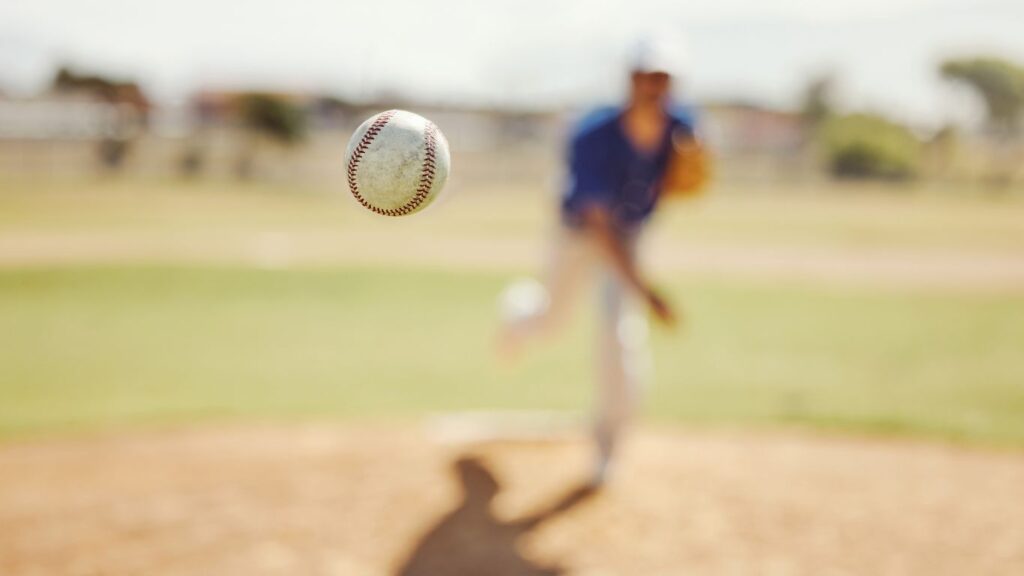
One of the most apparent differences between RHPs and other pitchers is their throwing hand. While RHPs pitch with their right hand, Left-Handed Pitchers (LHPs) deliver pitches with their left hand. This fundamental difference not only affects the way RHPs approach the game but also influences their pitching style and strategy on the mound.
In addition to their throwing hand, RHPs also have a unique pitching arsenal that includes a variety of pitches designed to keep hitters off balance. From fastballs and curveballs to sliders and changeups, RHPs use their repertoire of pitches to outsmart batters and keep them guessing at the plate. This diverse arsenal of pitches allows RHPs to mix up their delivery and keep hitters on their toes.
Another critical difference between RHPs and other pitchers is their approach to pitching. RHPs often rely on their velocity and control to overpower hitters and keep them off balance. With the ability to throw fastballs at high speeds, RHPs can challenge hitters with heat and make it difficult for them to square up the ball. This aggressive approach to pitching sets RHPs apart from other pitchers and makes them a force to be reckoned with on the mound.
Furthermore, RHPs often play a crucial role in a team’s bullpen, serving as setup men or closers who come in to finish off a game. With their ability to dial up the heat and deliver in high-pressure situations, RHPs are often called upon to seal the deal and secure a win for their team. This specialized role highlights the importance of RHPs in closing out games and securing victories for their team.
Overall, RHPs bring a unique set of skills and abilities to the game of baseball that set them apart from other pitchers. From their throwing hand and pitching arsenal to their aggressive approach on the mound, RHPs play a critical role in shaping the outcome of a game and helping their team secure victory. So next time you’re watching a baseball game, and you hear the term RHP, you’ll have a better understanding of what it means and how these pitchers differ from their counterparts.
Famous RHPs in baseball history
Throughout the history of baseball, there have been countless talented right-handed pitchers (RHPs) who have made a lasting impact on the game. These elite athletes have demonstrated incredible skill on the mound, earning themselves a place among the greatest players ever to step foot on a baseball field. Let’s take a look at some of the most famous RHPs in baseball history.
One of the most iconic RHPs in baseball history is Nolan Ryan. Known for his blazing fastball and intimidating presence on the mound, Ryan was a dominant force during his 27-year career in the major leagues. He holds the record for the most career strikeouts with an astonishing 5,714, a feat that may never be surpassed. Ryan was a seven-time All-Star and was inducted into the Baseball Hall of Fame in 1999. His durability and longevity are genuinely unmatched, as he continued to pitch at a high level well into his 40s.
Another legendary RHP is Roger Clemens. Clemens was one of the most dominant pitchers of his era, winning seven Cy Young Awards throughout his illustrious career. He was known for his fierce competitiveness and ability to pitch in big moments, earning him the nickname “The Rocket.” Clemens won two World Series championships and was an 11-time All-Star. Despite controversy surrounding allegations of performance-enhancing drug use, Clemens’ on-field accomplishments cannot be denied.
Greg Maddux is another highly respected RHP who left a lasting legacy in baseball. Maddux was known for his pinpoint control and incredible intelligence on the mound. He won four consecutive Cy Young Awards from 1992-1995 and was an eight-time All-Star. Maddux was a master at changing speeds and hitting his spots, consistently baffling hitters with his ability to outthink and outmaneuver them. He was a vital member of the Atlanta Braves’ dominant pitching staff in the 1990s, helping lead the team to multiple division titles and a World Series championship in 1995.
One RHP who made a significant impact on the game despite a relatively short career is Sandy Koufax. Koufax was a four-time World Series champion and three-time Cy Young Award winner during his 12-year career with the Brooklyn/Los Angeles Dodgers. He was known for his overpowering fastball and devastating curveball, leading the league in strikeouts for three consecutive seasons. Koufax’s career was cut short due to arm injuries, but his dominance during his prime solidified his place as one of the greatest pitchers of all time.
Finally, we can only talk about famous RHPs in baseball history if we mention Bob Gibson. Gibson was a fierce competitor who was known for his intensity on the mound. He won two Cy Young Awards and two World Series championships with the St. Louis Cardinals. Gibson was a nine-time All-Star and excelled in big moments, posting a 1.89 ERA in nine career World Series starts. He was inducted into the Baseball Hall of Fame in 1981, cementing his status as one of the all-time greats.
These are just a few examples of the many talented RHPs who have left an indelible mark on the game of baseball. These pitchers were not only supremely gifted athletes but also fierce competitors who consistently rose to the occasion when it mattered most. Their contributions to the sport will be remembered and celebrated for generations to come.
Frequently Asked Questions
1. What does RHP mean in baseball?
“RHP” stands for “right-handed pitcher” in baseball. This refers to a pitcher who throws the ball with their right hand. Right-handed pitchers are often a crucial part of a team’s pitching rotation and are typically used to face batters who are left-handed, as the ball tends to break away from them.
2. Are RHPs important in baseball?
Yes, right-handed pitchers play a significant role in baseball. They are essential for keeping batters on their toes and providing variety in the pitching rotation. RHPs are crucial for balancing out a team’s pitching staff and are often relied upon to face tough opposing hitters.
3. How do RHPs differ from left-handed pitchers?
Right-handed pitchers differ from left-handed pitchers primarily in their throwing arm. While RHPs throw with their right hand, left-handed pitchers (LHPs) throw with their left hand. This distinction can affect the way the ball breaks and the strategies used to pitch to batters.
4. Can RHPs also bat in baseball?
Yes, RHPs can also bat in baseball, as they are considered position players in addition to being pitchers. While not all pitchers are strong hitters, some RHPs may be skilled at batting and contribute to their team’s offense.
5. What are some famous RHPs in baseball history?
There have been many legendary right-handed pitchers in baseball history. Some of the most famous RHPs include Nolan Ryan, Pedro Martinez, Bob Feller, and Greg Maddux. These pitchers have left a lasting impact on the game with their talent and achievements.
6. How do RHPs approach pitching to left-handed batters?
Pitching to left-handed batters as an RHP can present a unique challenge. Right-handed pitchers often use breaking balls and changeups to keep left-handed hitters off balance and prevent them from making solid contact. RHPs may also pitch inside to lefties to disrupt their timing and force them to adjust.
7. Are RHPs more common in baseball than left-handed pitchers?
While RHPs are prevalent in baseball, left-handed pitchers are also essential components of a team’s pitching staff. The balance between right-handed and left-handed pitchers allows for strategic matchups and versatility in pitching rotations.
8. Can RHPs throw different types of pitches?
Yes, RHPs can throw a variety of pitches to keep batters guessing and effectively navigate through a lineup. Standard pitches thrown by right-handed pitchers include fastballs, curveballs, sliders, changeups, and cutters. The ability to mix up pitches is crucial for maintaining control of the mound.
9. How are RHPs utilized in baseball games?
RHPs are typically utilized in specific situations during baseball games, depending on the lineup of the opposing team and the game’s score. Right-handed pitchers may start games, come in as relief pitchers, or be used in crucial situations such as facing tough batters or closing out games.
10. What skills are essential for RHPs to be successful in baseball?
Successful RHPs in baseball often possess a combination of velocity, command, control, and an understanding of pitching strategy. Developing a diverse pitch repertoire, honing accuracy, and being able to make adjustments on the mound are essential skills for right-handed pitchers to succeed in the game.
Conclusion
RHP stands for “right-handed pitcher” in baseball. These players use their dominant arm to throw the ball and play a critical role in a team’s pitching rotation. Understanding the different positions and roles in baseball can help fans appreciate the game even more. So next time you see RHP on the lineup card, you’ll know exactly what it means.





